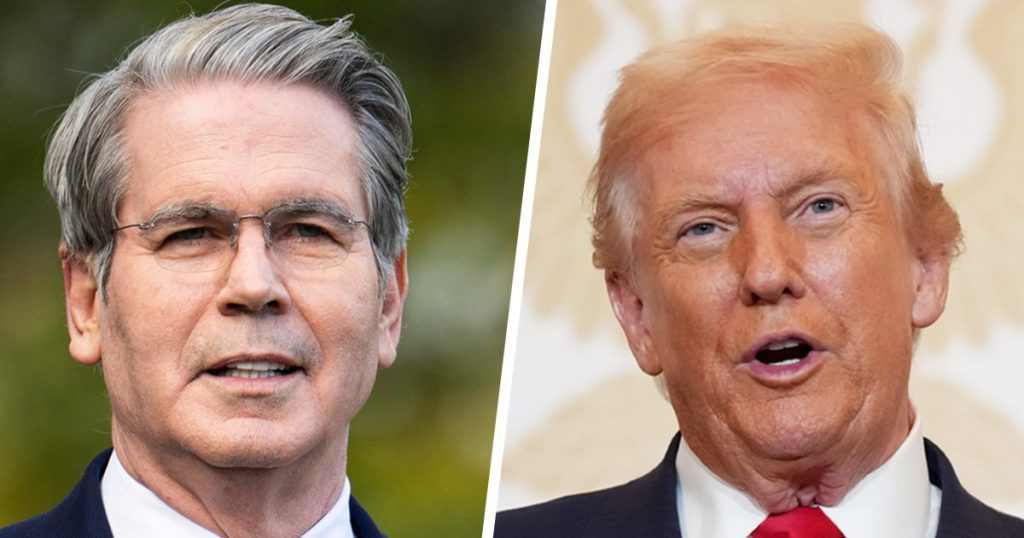Treasury Department Reports Inflation Above 2% Despite Administration Claims
On Monday, the Treasury Department announced that inflation remained over the 2% target in the third quarter, contradicting President Donald Trump’s declarations of “no inflation.” In an interview on CBS News’ “60 Minutes,” Trump repeated this assertion, stating, “We have no inflation.”
Trump described a 2% inflation rate as “perfect,” claiming he had already addressed inflation concerns. However, data from the Bureau of Labor Statistics indicated an annual inflation rate of 3% as of September. The Treasury noted that food prices, both for groceries and dining out, saw a moderate increase during the third quarter.
This update is part of a regular economic report prepared for the Treasury’s Borrowing Advisory Committee, which comprises unbiased executives from leading financial firms, offering guidance on government debt and financing.
A White House spokesperson has not yet responded to the Treasury’s statement. One of the significant contributors to rising food inflation is record beef prices, impacted by reduced cattle herds. Trump expressed confidence that beef prices would decline quickly.
According to the Treasury, economic growth solidified in the third quarter, supported by consistent business investment and consumer demand. However, it has been observed that lower-income consumers are facing more challenges compared to their middle and upper-income counterparts, with significant declines in foot traffic reported by fast-food giants like McDonald’s.
While median wages have slightly outpaced inflation at a growth rate of 4.1%, inflation continues its upward trend since April. The Treasury described the labor market as holding steady, although recent job growth has moderated slightly, indicating potential challenges linked to immigration trends.
Looking ahead, the Treasury anticipates that changes in employment data may arise from the recent government shutdown and potential shifts related to artificial intelligence in the workforce. The economic outlook remains uncertain with both positive and negative risks. The Treasury plans to closely monitor labor market conditions while pursuing policies to support American consumers.



